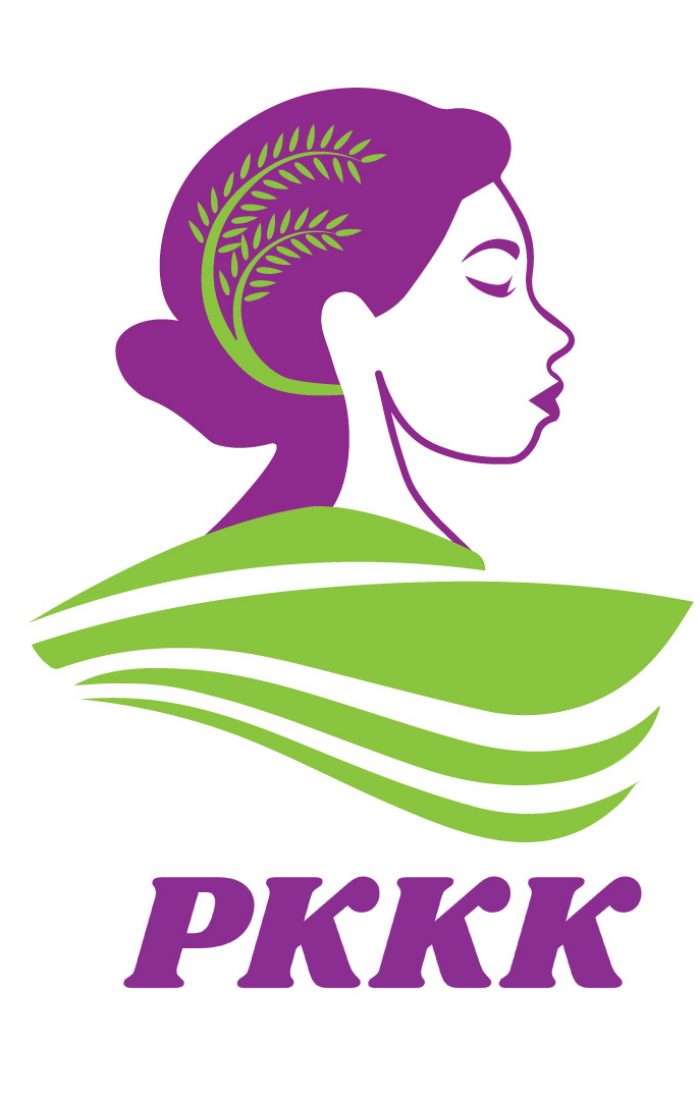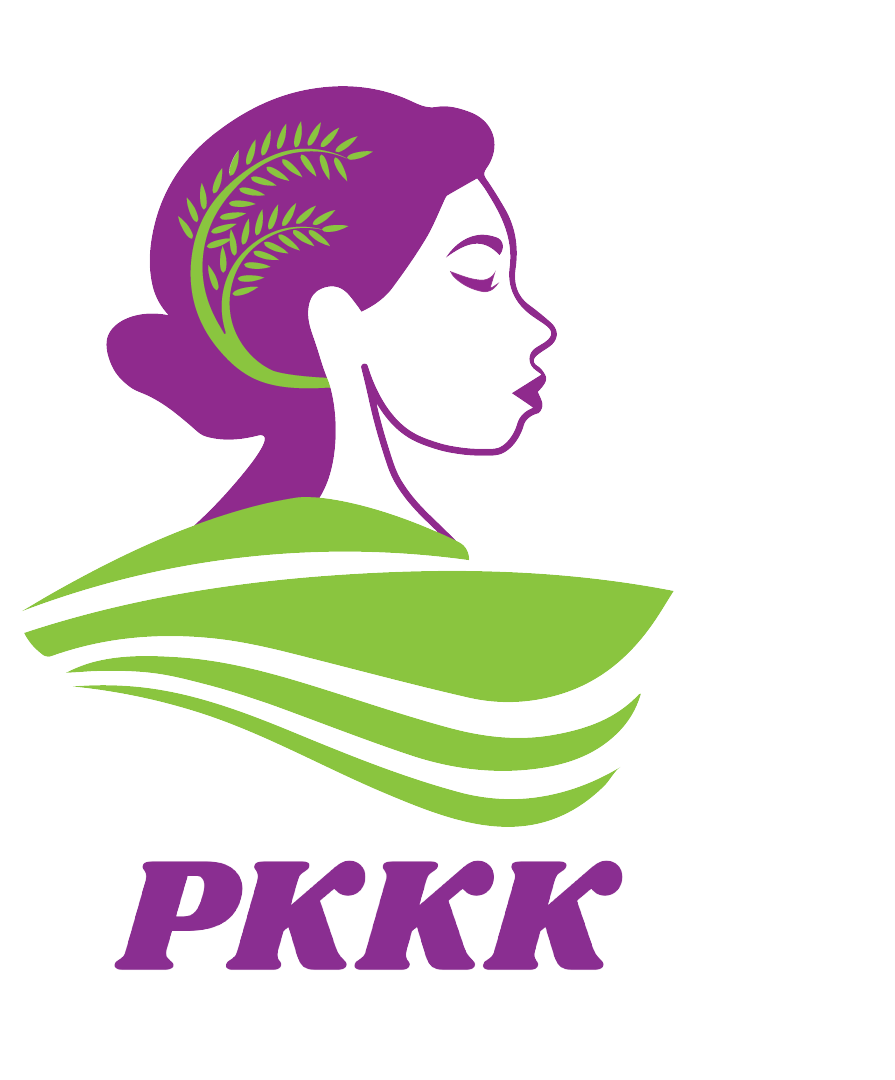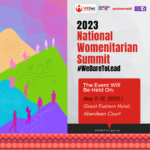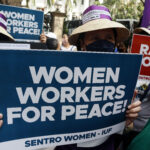Women Lead In Emergencies
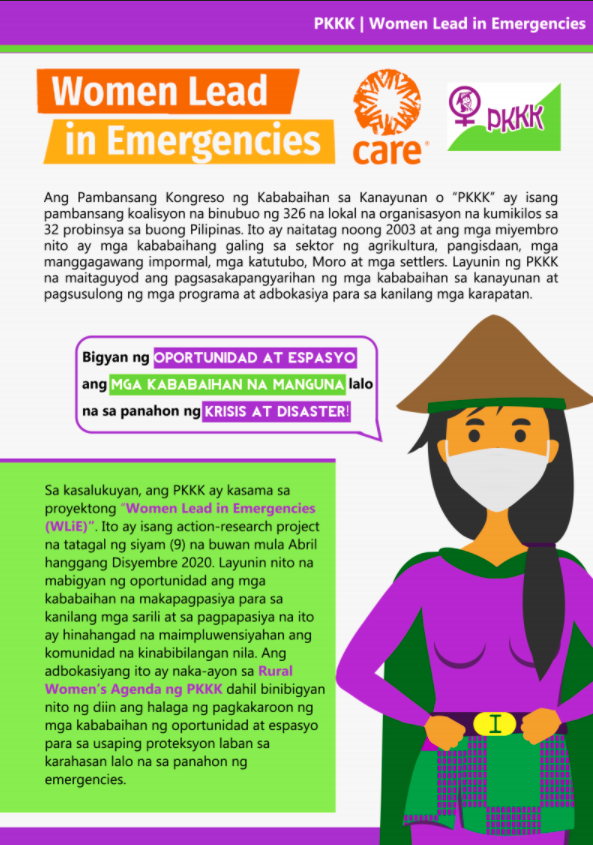
The Women Lead in Emergencies is an action research by CARE Philippines, in partnership with PKKK, built on the objective of capacitating women to influence decisions about their own lives in the context of emergencies and crises.
Oftentimes, emergency response and similar efforts can reinforce gender inequality when women’s voices are not listened to. As in our current society, the decision-making in humanitarian action and programs remain to be male-dominated. Because women’s voices are set aside, their needs and rights are not adequately met and they remain to be left behind in times of disasters and crises.
The WLiE project aims to strengthen the voice, leadership, and meaningful participation of poor and marginalized women most directly affected by crises, in public decision-making spaces of humanitarian programs. In turn, this also seeks to altogether influence their community to heighten representation and participation of women in democratic spaces concerning their lives.
The Women’s Action Planning is an integral part of this project wherein the participants identify their own issues that they want to address and from there, create initiatives to fulfill their needs. During the first phase, the Action Plans heavily focused on the economic autonomy of women. Most of the groups designed their own livelihood projects that involved livestock feeds and rice retailing. A few groups focused on the structural needs of their communities such as the lack of safe spaces for women to gather that produced a women’s multi-purpose center, while in another area a water system facility was constructed to address the inaccessibility to safe and potable water.

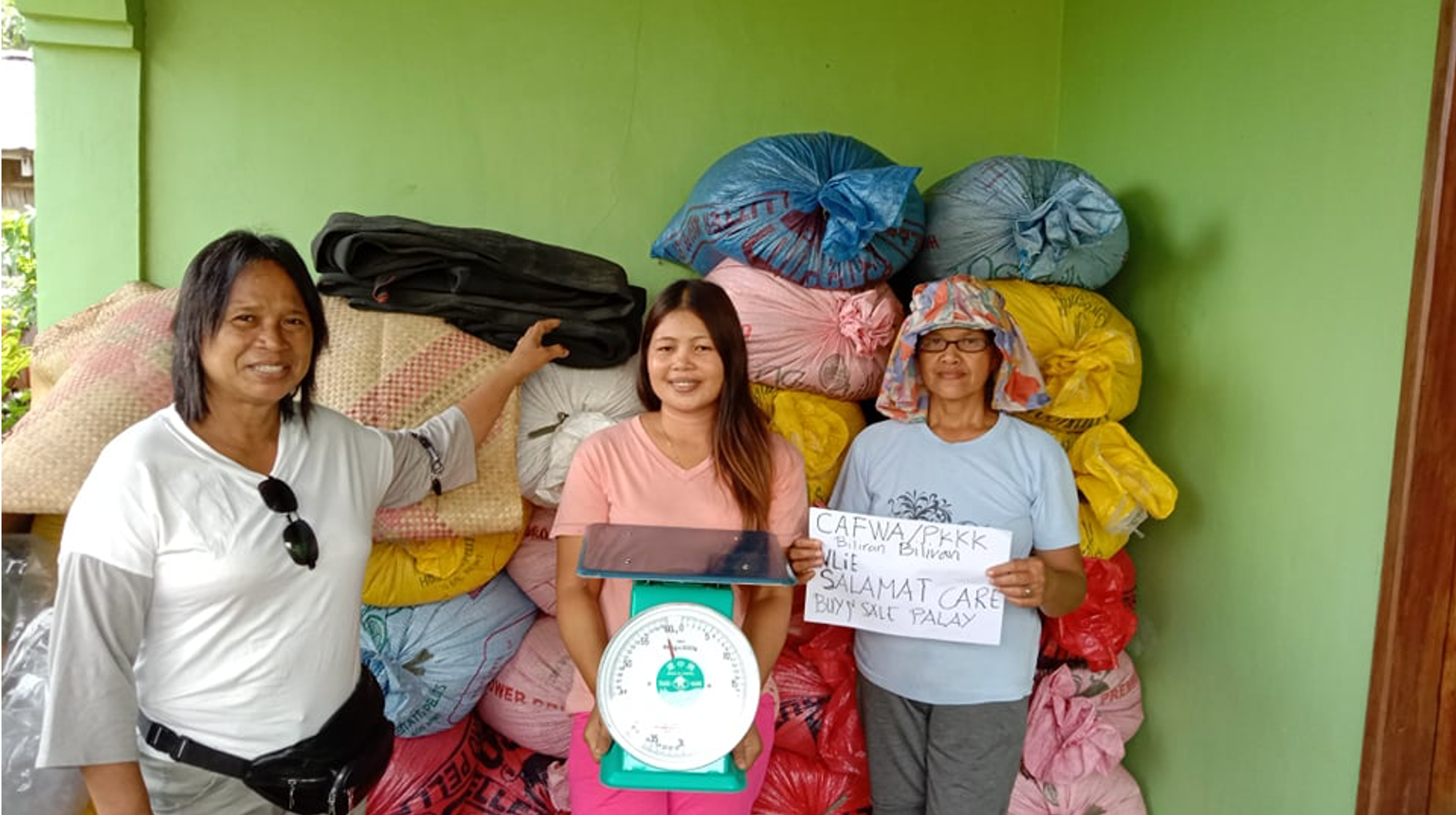
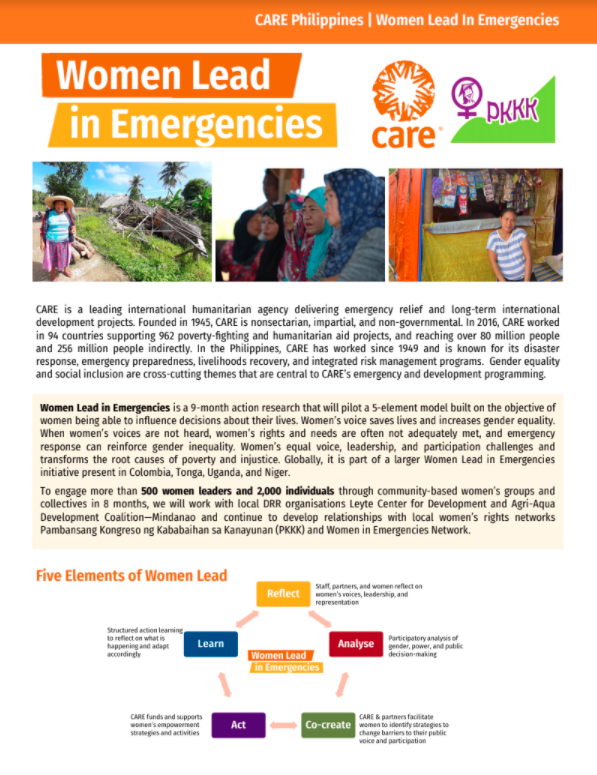
In its second phase of implementation this year, the project engages 427 women leaders from PKKK areas in Biliran, Camarines Sur, and Maguindanao. Through the Action Plans that the women themselves design and implement, not only are their most urgent needs heard and identified, but the issues and inequalities they experience are also addressed through their women-led, women-designed, and women-implemented solutions.
One of the core components of the women’s action plans this year revolves around the engagement of power holders and building of other influencing linkages. Establishing a sustainable partnership with the barangay and local government units would give an opportunity for the women’s groups to permeate the public decision-making bodies and to be regularly involved in such assemblies.
Though all the women’s action plans vary depending on each community’s context, the long term vision of the women leaders boils down to one goal: for women and girls to fully realize and enjoy their rights; and for their needs to be fulfilled, especially in times of emergencies.
